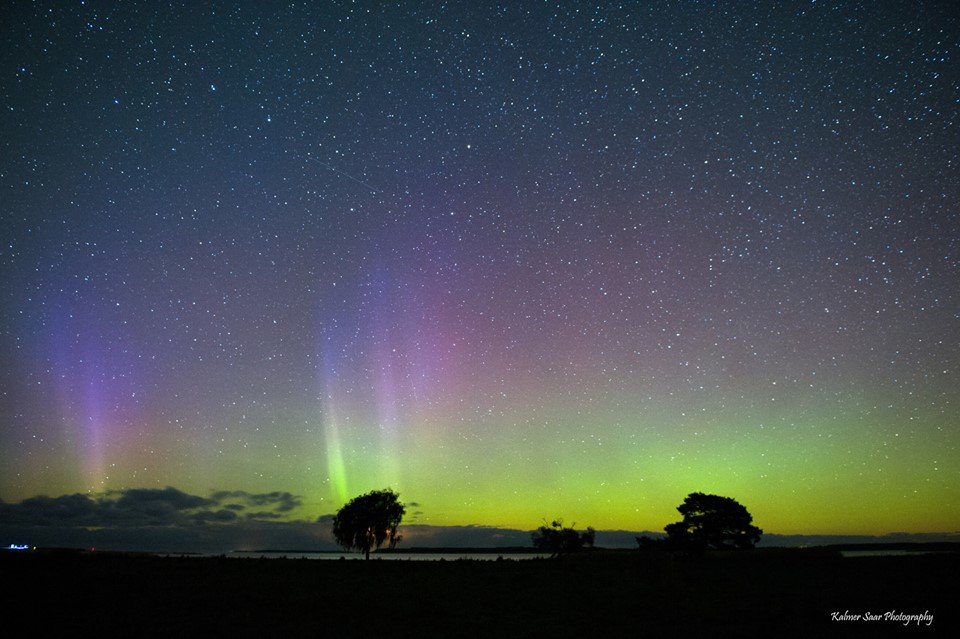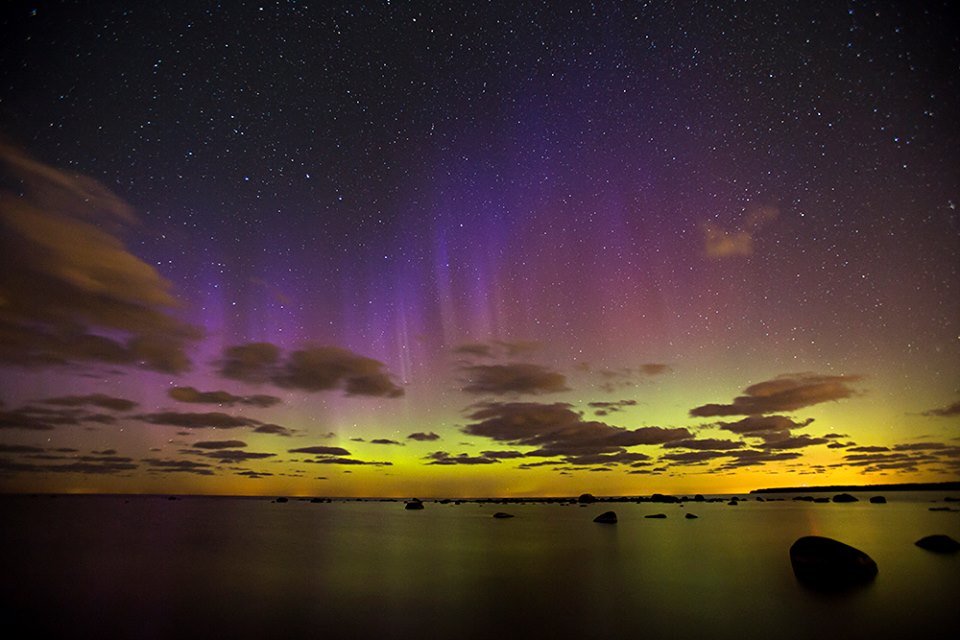The International Astronomical Union has assigned an Estonian name to a star and an exoplanet as part of a campaign to let every country in the world to propose names to unnamed stars and planets.
The International Astronomical Union celebrated its 100th anniversary in 2019 and as part of that, it offered every country the chance to name one planetary system – comprising an exoplanet and its host star. Every country’s designated star is visible from that country and sufficiently bright to be observed through small telescopes.
According to the Estonian news portal, Delfi, Estonians suggested 140 pairs of names to the country’s assigned star and planet, from which a six-member panel chose 13. These were put on a popular vote.
The Estonian winners were Koit and Hämarik and they were suggested by the history students at the University of Tartu, Helina Välb and Laura Nemvalts, Delfi said.
A linguistic confusion
According to the International Astronomical Union, the star assigned to Estonia was previously known as XO-4. Now, the star bears the name of Koit, or as the union puts it, “Estonian for the time when the Sun rises in the morning (dawn)”. The exoplanet is named Hämarik – “Estonian for the time when the Sun goes down in the evening (twilight)”.
Of course, as it sometimes happens in the world of translation, there is a small issue here. The word “hämarik”, indeed, means twilight in the Estonian language. But twilight happens twice a day – first, between sunrise and dawn, and second, between dusk and sunset. But if we’re literally talking about “the time the Sun goes down in the evening”, that’s technically dusk, which is after the twilight.
The names Koit and Hämarik come from the Estonian literature – from a mythical folk tale written by the Estonian author, Friedrich Robert Faehlmann, published first in 1840. In the tale, there is a “light giver in the Grandfather’s court”, meaning the Sun, and two Grandfather’s servants, blessed with eternal youth.

One of them is Hämarik, to whom the Grandfather said: “To you, my daughter, I trust the setting Sun. Extinguish it and hide the light so that there would be no harm.” And the next morning, when the Sun starts its another run, he told Koit, “Your job, my son, is to light the light giver and prepare for its another run.”
So, in that literary and mythological sense, Koit and Hämarik never meet, and, indeed, mean Dawn and Dusk, not Dawn and Twilight, like the Astronomical Union has misunderstood. Or, it means only the twilight in the evening, although astronomically, the period of twilight occurs twice a day – because there is another word for dusk in Estonian – “eha”.
“Extraterrestrial life may be likely”
An exoplanet or extrasolar planet is a planet outside of our solar system. The first possible evidence of an exoplanet was noted in 1917, but was not recognised as such. The first confirmation of detection occurred in 1992. This was followed by the confirmation of a different planet, originally detected in 1988. As of 1 January 2020, there are 4,160 confirmed exoplanets in 3,090 systems, with 676 systems having more than one planet.

According to the Astronomical Union, some of these exoplanets are small and rocky, like the Earth, while others are gas giants, like Jupiter. “It is now believed that most stars in the universe have planets orbiting them and that some of them have physical characteristics that resemble those of the Earth. The sheer number of stars in the universe, each potentially with orbiting planets, along with the ubiquity of chemical species which are the building blocks of life, suggests that extraterrestrial life may be likely,” the union asserts.
As part of the Astronomical Union’s mission to promote and safeguard the science of astronomy through international cooperation, it is the authority responsible for assigning official names to celestial bodies.
Cover: Northern lights in Estonia (the image is illustrative/photo by Kersti Lindström).

